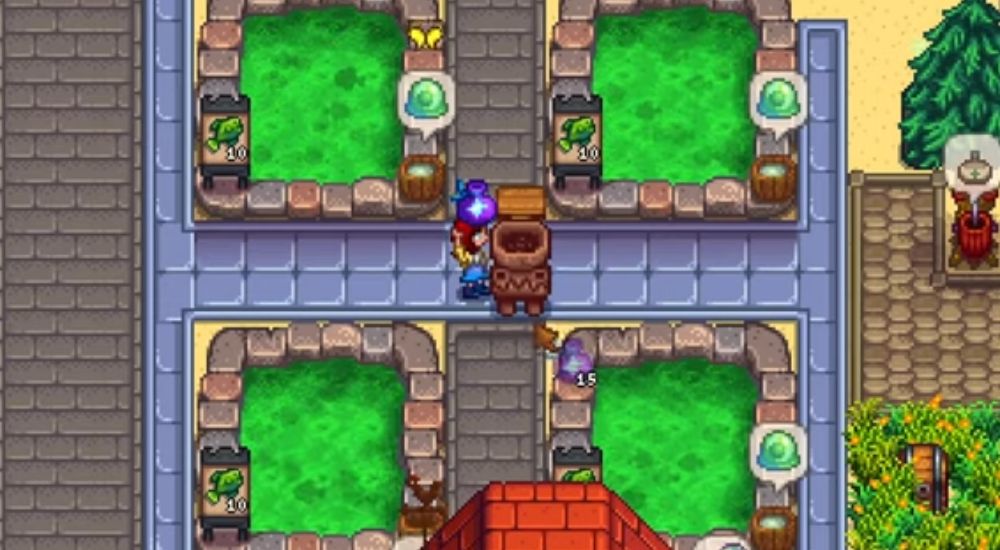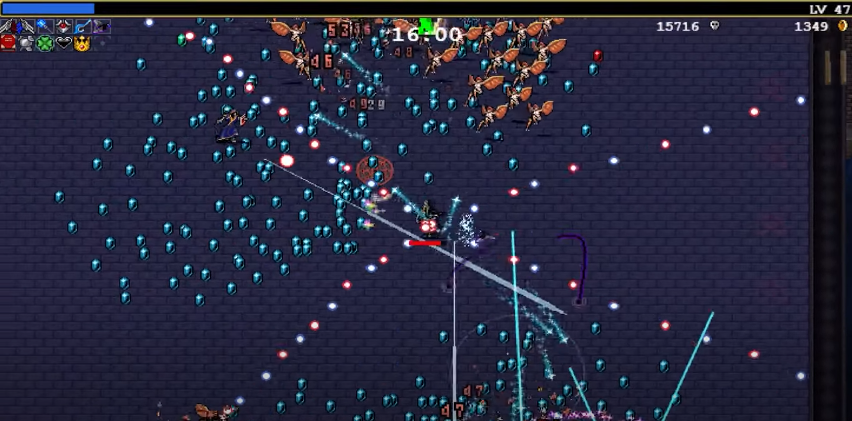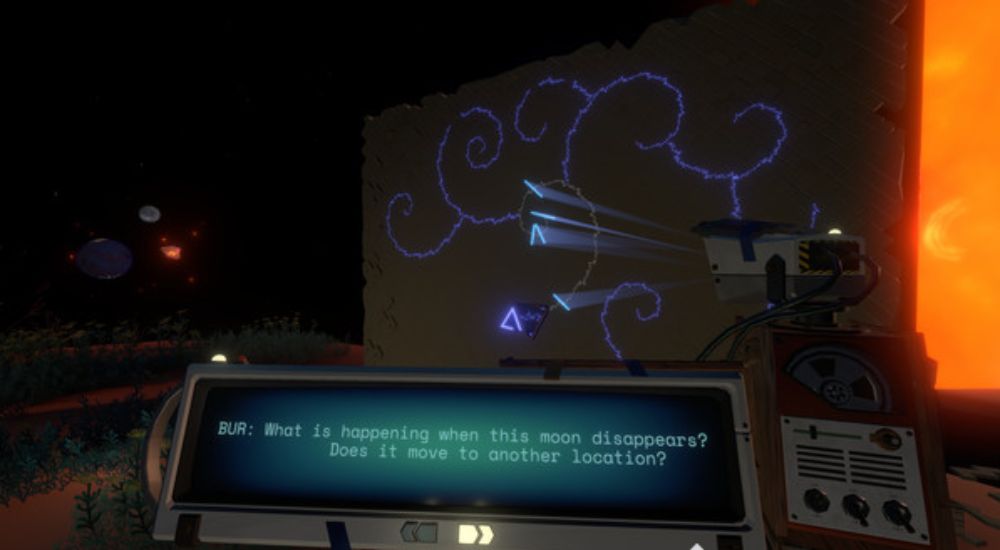Once upon a time, the gaming market was dominated by a handful of companies, which created most of them. This, however, hasn’t been true ever since indie games had a boom in the late 2000s to early 2010s.
Nowadays, the indie market represents the majority of games being released on major gaming storefronts, such as Steam, becoming part of the collection of many gamers throughout the world. So much so that they were the only type of game to see an increase in popularity from 2021 to 2022 according to recent data by YouGov.
But what are indie games anyway? Why are they so popular? Are there any advantages when it comes to developing them? What about disadvantages – if any?
Those are all the questions we will answer in this article! Without further ado, let’s get started.
What does “indie game” stand for?
The definition of an indie game is surprisingly simple: “indie” stands for “independent”, and while there is no consensus on an actual, crystal clear definition, being an “independent” developer/studio means that they’re a small team working with small budgets.
In many cases, there might be even a solo developer working on a game, requiring them to be well-versed in the many areas of game development – including design, marketing, art, and programming.
It’s a common practice among indie developers to fund their games through two main ways: self-funding (also known as bootstrapping), when resources for the development of their games come from their day job or financial assets, and crowdfunding, making use of platforms like Kickstarter, Patreon and Indiegogo to fund a project by raising many small amounts of money.
Many famous indie games hit the spotlights around their time of release, with some raising millions, like Psychonauts 2 (with $3.83 million) and Divinity: Original Sin 2 ($2.03 million), and others raking in only a few thousand, like Factorio ($17,587) and Risk of Rain ($30,480).
By contrast, compare them to what makes a triple-A (“AAA”) game – massive budgets (often surpassing hundreds of millions for the biggest titles), large teams of developers, game artists, quality assurance (QA) testers, human resources (HR) and marketing professionals, millions spent on publicity and a game made to maximize sales (and, thus, revenue).
Before you ask: the genre of choice, the quality of the game assets, and the gameplay don’t matter. As long as they’re not working for large game development studios or publishers, they’re indie developers!

What makes indie games so popular nowadays?
There are many factors that helped indie games become such a massive market.
1. The rise of Steam as a digital game store
According to Statista, more than 6000 games are being released on Steam every single year since 2017, with the majority of those being indie titles.
It all started back in the late 2000s when gamers were looking for truly unique new experiences. Back in the day, independent games were far and few between, but titles like Braid and Super Meat Boy appeared in the market and showcased the potential hidden within those experiences.
Not long after, the popularization of PC gaming and with game engines (especially Unity) becoming more accessible to determined developers, indie gaming became a force to be reckoned with. In 2022, YouGov’s data show that indie games were the only ones to see an increase in popularity compared to last year – and this growth spanned hardcore, mid-core, and casual players alike.
2. Unmatched creativity
One of the reasons why indie games are so loved is their creativity. Indie developers often take risks that no sane large development studio would without careful consideration. Thanks to this, independent developers can incorporate game mechanics and concepts that are truly unique, sticking out like a sore thumb when compared to AAA titles.
Or, sometimes, players are just looking for simpler, more casual experiences that large game studios can’t bring – who knows, really?
3. Affordable gaming experiences
Their lower selling prices are another important factor to consider. Many gamers, especially those residing in poorer areas of the world, struggle to buy the latest AAA titles. So, instead, they opt to buy a wide variety of indie games to scratch that gaming itch.
When it comes to the best bang for their buck, indie games are usually the way to go. For comparison, according to this post, the average AAA game costs $33 on Steam while the average indie game sells for $8.70. In other words, you could buy almost 4 indie games for the price of your average AAA title.
Keep in mind that many universally-acclaimed indie games, like Vampire Survivors (or, as GameSpot puts it, a “top-tier time-waster”), can be purchased for $5 or less while many AAA games go for more than $50 nowadays.

Are there any advantages to indie game development?
1. Creative freedom
Since indie games don’t usually have to recoup an insane investment, independent game designers have much more freedom with how they approach the game. In other words, indie games can bring something completely different that no AAA company would dare attempt – usually a new twist on a well-known genre, a compelling story, or truly unique game mechanics, like the one The Witness brought.
2. Great community
One of the best parts of developing an indie game is that there will be a community built around your title, which can serve as a fantastic source of inspiration.
This same community can also work tirelessly to help you secure enough funding to finish your game, find bugs/exploits, suggest changes in the game, and some even start a speedrunning/challenge community within the game!
3. Recognition potential
Whenever AAA titles are a blast, the publisher is the one that hits the headlines, with its development team being only appreciated in the ending credits. However, when we talk about independent developers, a successful game will put their name in the spotlight.
4. Generally avoids crunch culture
Since many AAA game development studios work with strict deadlines, their professionals are pressured into working insane amounts of hours – and sometimes even entire weekends – to meet those deadlines. They can end up clocking close to 80 or even 100 hours in a single week to avoid further delays.
Of course, this doesn’t mean that indie games are entirely free from the “crunch culture”, but they are generally able to avoid it, with many projects allowing developers to work on them as little or as much as they’d like to.
What about the disadvantages?
1. Resources are limited
It is absolutely possible to develop your own games for free – it will just take a broad skillset and a lot of time – but the cost to develop more complex indie projects can easily go through the roof and spiral out of control.
You will need to figure out how much you will spend on game assets (which include 3D models, artwork, audio effects, soundtrack, voice acting and so on) and budget accordingly. Last, but not least, there are some publication fees on top of that.
2. Getting noticed is hard
The indie gaming market is bigger and more accessible than ever, which in turn makes it a very competitive one too. With more than 10,000 games being uploaded to Steam in 2021 (averaging 200 new titles every single week), having an effective marketing plan to stand out from the rest is a must.
3. Lack of support
In most day jobs, if someone needs to take some days off work, there are usually people to replace them until they are back. However, when it comes to indie game development as a small team, this is not a given, which can set your game’s release back by a few days or even weeks.

8 examples of universally-acclaimed indie games
To help you get inspired and fill you with determination, we have compiled a list with some of the best indie titles ever spanning multiple years and many different genres:
– The Binding of Isaac (2011);
– Undertale (2015);
– The Witness (2016);
– Hollow Knight (2016);
– Stardew Valley (2016);
– Cuphead (2017);
– Outer Wilds (2019);
– Stray (2022).

Indie games definition: summing up
In recent years, the indie game industry has gained significant momentum, challenging the dominance of AAA games. So, what exactly defines an indie game? Indie games are video games developed by independent developers or small indie teams outside of major game studios and publishers. Unlike AAA games, which often have substantial budgets and large development teams, indie games are typically created with a smaller budget and a more limited number of developers.
This indie development approach allows for more creative freedom and experimentation, resulting in unique and innovative game experiences. Indie games tend to focus on artistic expression, gameplay innovation, and niche genres, catering to a specific audience. The popularity of indie games has grown rapidly, with many successful indie titles making a significant impact on the video game industry. Indie developers often leverage game engines and development tools to build and test their games, and they frequently release their games on platforms like PC, consoles, or mobile devices.
The indie game market has become a thriving ecosystem, with indie games standing alongside AAA games, and players embracing both. Indie games offer players diverse and imaginative experiences, and their rise has revolutionized the game industry, proving that creativity and passion can shape the future of gaming.
Conclusion
As you can see, indie games are ones created mostly in smaller teams and with tiny budgets, but they have full creative control over their creation, usually bringing truly unique mechanics and stories to the table. No matter your gaming preferences, you are sure to find a title that perfectly fits your bill.
But when it comes to actually developing them, one of the best ways to approach it is to work alongside highly qualified professionals with many years of experience in the field.
At Main Leaf, we develop games on demand – and the next one could be yours! Our roster of 70+ talented professionals is sure to deliver you a high-quality, well-polished, and fantastic experience.
If you’re interested in working with us, don’t be afraid to request a game quote right now. Don’t worry – we will get back to you within 24 hours.

